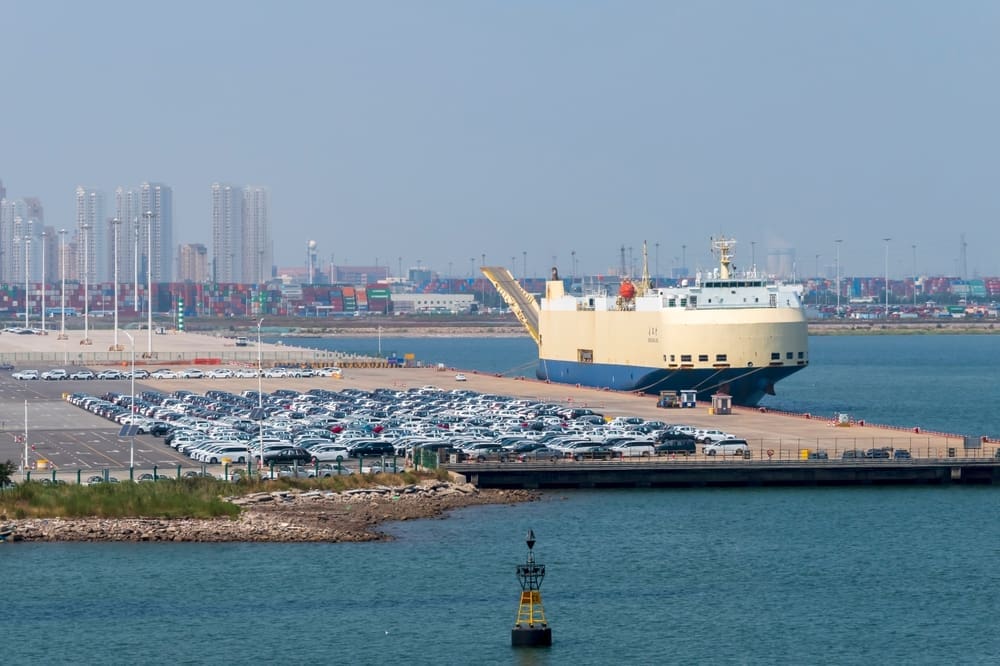Recent data from the World Trade Organization (WTO) paints a cautious picture of international trade, highlighting potential shifts towards Europe due to ongoing disruptions between the United States and China. The WTO’s “Global Trade Outlook,” released on Wednesday, suggests that a decoupling of the US and Chinese economies could result in an 81% reduction in merchandise trade between the two nations by 2025. This figure could reach 91% without the recent exemptions granted by the US for products like smartphones.
The report anticipates a 6% increase in Chinese exports to Europe as a consequence. However, Europe, also affected by US tariffs, will likely seek alternative markets for its exports. The WTO notes that this situation is reciprocal, with some European exports expected to be redirected to other economies. High tariffs on products such as motor vehicles could further exacerbate these tensions.
The United States has imposed 25% tariffs on European cars, steel, and aluminum, alongside 10% tariffs on other EU exports. Meanwhile, tensions between China and the US have intensified, with Chinese exports to the US facing 145% tariffs and US goods to China encountering 125% tariffs. Overall, Chinese merchandise exports are projected to increase by 4% to 9% across regions outside North America, according to the report’s forecasts.
WTO Director-General Ngozi Okonjo-Iweala emphasized the importance of learning from these trade disruptions, noting a 0.2% decline in the volume of world merchandise trade by 2025, nearly three percentage points lower than expected. Okonjo-Iweala stressed the need to diversify both supply sources and demand, warning against overconcentration that leads to economic vulnerability and perceived unfair burden-sharing.
The report highlights that the decoupling of US and Chinese economies could lead to a significant fragmentation of the global economy into two isolated geopolitical blocs, impacting global GDP. The WTO estimates a nearly 7% reduction in global GDP in the long term as a result.
The Broader Implications
The potential decoupling of the US and Chinese economies and the subsequent trade shifts could have far-reaching effects on various sectors and communities. For consumers, this might translate to changes in the availability and pricing of goods, particularly those heavily reliant on international trade. The automotive industry, for example, could see price fluctuations as tariffs alter the cost dynamics of vehicle imports and exports.
Communities and industries dependent on exports may need to adapt to new market realities, seeking alternative trade partners to offset the impact of reduced trade with major economies like the US and China. Additionally, the predicted fragmentation into geopolitical blocs could lead to a reevaluation of global supply chains, affecting everything from manufacturing to technology sectors. Overall, these shifts underscore the importance of strategic market diversification to mitigate risks associated with international trade tensions.








